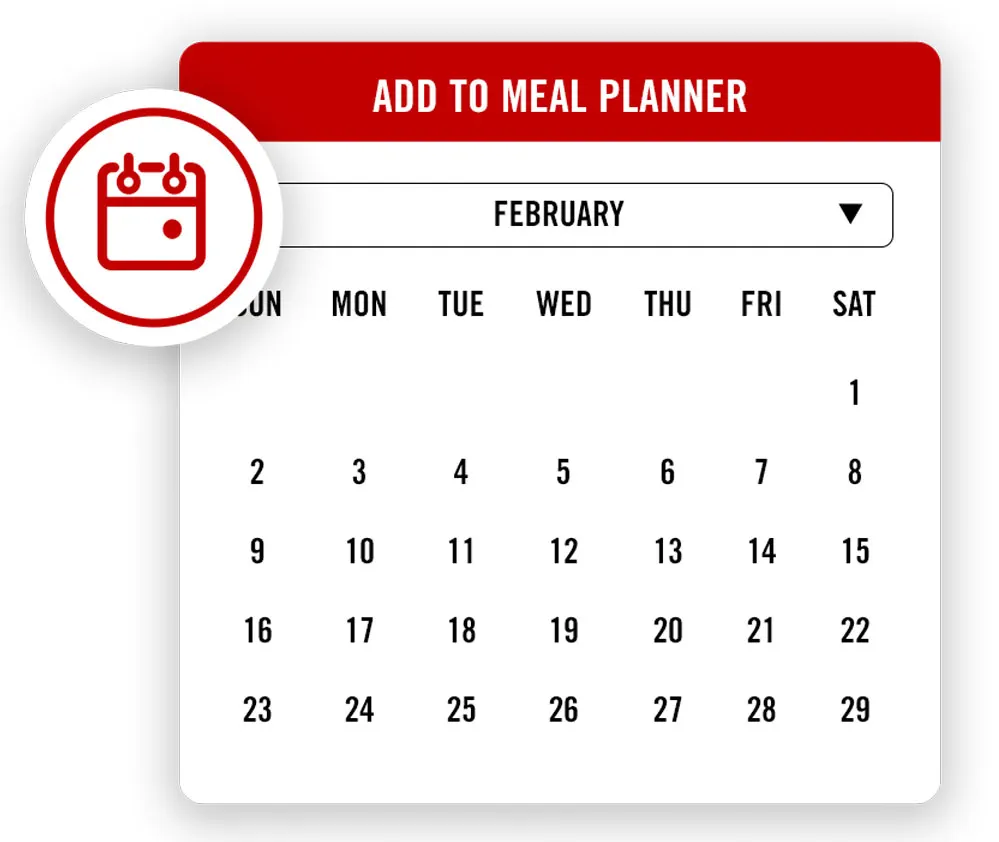Paper over plastic, freeze over refrigerate, and bread boxes galore. Madelyn Osten, head baker at Sullivan Street Bakery’s Miami outpost, is revealing the biggest tips for successfully storing bread, so you can get the most out of your favorite loaf while also avoiding unwanted mold, crust, and moisture.
The New York-based operation, founded in 1994 by James Beard Award-winning baker Jim Lahey, brought its highly acclaimed bread down south in 2017. Today, Sullivan Street, which operates a production facility in Miami’s Little Haiti neighborhood, bakes and distributes their rustic bread to a number of restaurants, hotels, country clubs, and venues in the South Florida region. They recently established a retail partnership with Milam’s Market too, making bread storage even more important to their operation.
Here’s what Osten has to say about the best ways to store (and preserve) your bread.
Freeze your bread
“Freezing bread is the best way to preserve that crusty loaf for the longest time possible. Wrap tightly in a freezer bag, either whole or sliced. I like to put wax paper between slices when I freeze, as this makes it easier to take out just what I need. Defrosting a whole frozen loaf in the refrigerator overnight is the best way; out on the counter it can get soggy, and while it will toast just fine, it makes for a better loaf in the fridge. Also, don’t forget to unwrap from the freezer bag when defrosting. This keeps any water from pooling while it defrosts. And if defrosting seems daunting, not to worry: you can always reheat bread straight from the freezer. For a whole loaf, try baking at 325 degrees for 25 to 30 minutes, while slices can be popped right in the toaster.”
Photo: McCormick
Store in paper, never plastic
“A fresh loaf of bread is best eaten within two to three days. If you plan on devouring it right away, then keeping it in a paper bag on the counter is the move. While storing in plastic seems like the right idea, this actually encourages mold growth, resulting in the bread to go bad much faster. I also save the heels of my bread and use them as covers for the cut side of my loaf. Keeping the cut side of your loaf as unexposed as possible will also help retain its freshness.”
Bread boxes are your friends
“Bread boxes are a great way to keep bread, and a fun way to add style to your kitchen. They have small holes in them, which allow just a little air to circulate, keeping bread from molding. If you have pest concerns and prefer to keep bread in an airtight container, try tossing in a slice of bread with your loaf. The slice with more surface area will attract water and help control the moisture content in your container.”
Where exactly you store your bread is critical
“Where you store your loaf can be just as important as how you store. Bread goes on top of the refrigerator, right? Try again! Keeping bread on the fridge will cause paper-bagged bread to dry out, and plastic bagged bread to mold faster. This comes from all the heat your fridge is putting out. Same for storing near a dishwasher; the excess heat and moisture these appliances give off is not bread-friendly. Try to store bread in a cool and dry area of your kitchen. If not out on the counter, then in a cabinet or a deep drawer.”
Photo: McCormick
Pick up reusable bread bags
“If you are looking for a more versatile or eco-friendly way to preserve your bread, try a reusable bread bag. There are more on the market these days and many are machine washable and work great in the freezer. Take them with you to the store and toss that fresh loaf right in. These can be a nice alternative to a paper bag that can get torn and always seem to let crumbs escape onto the counter. Reusable bags are made of breathable materials, so they behave like a paper bag without the waste. Ranging from $7 to $20, they are a great investment for a bread (and environment) lover at any level.”
This article was written by Clarissa Buch from Food & Wine and was legally licensed through the NewsCred publisher network. Please direct all licensing questions to legal@newscred.com.








